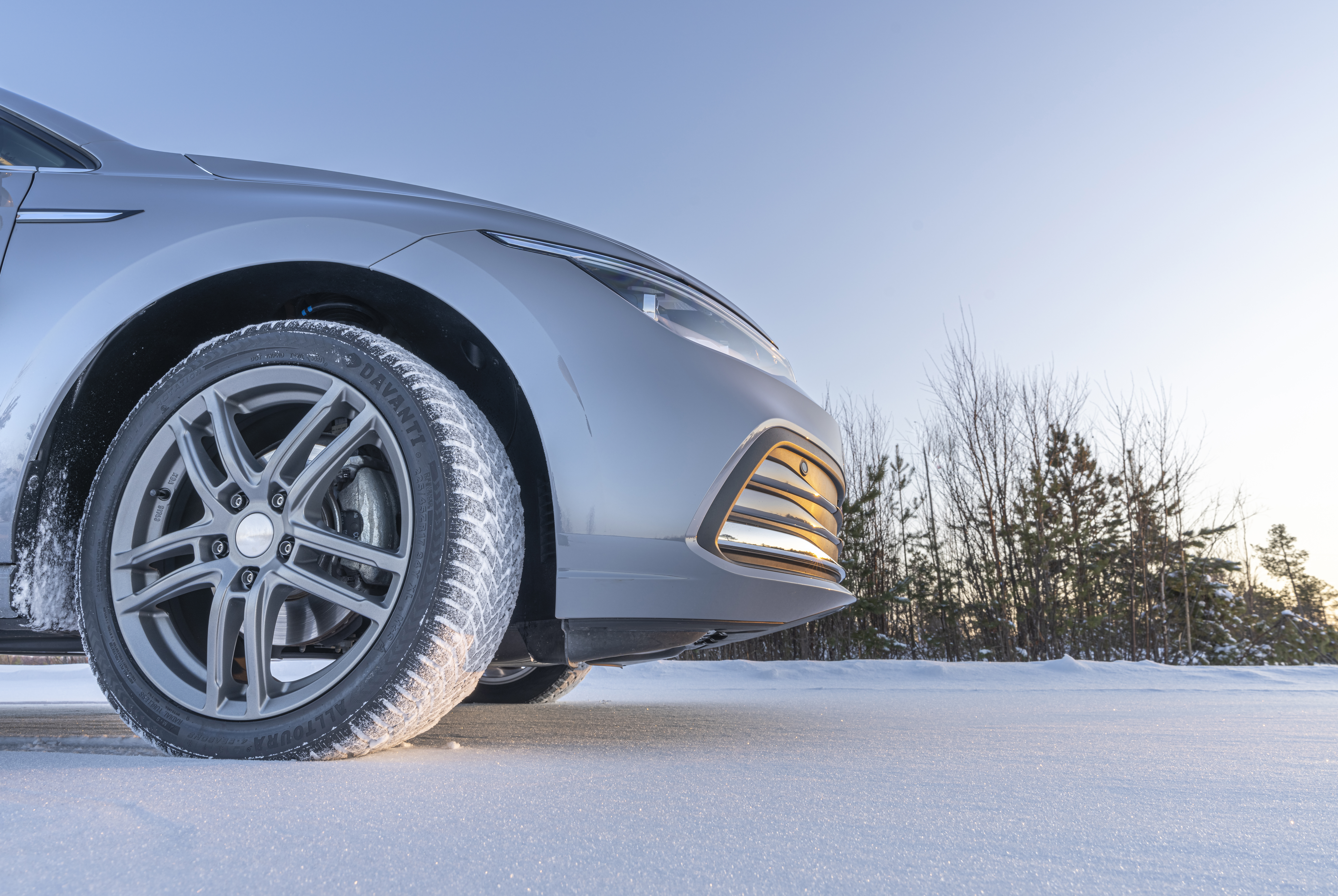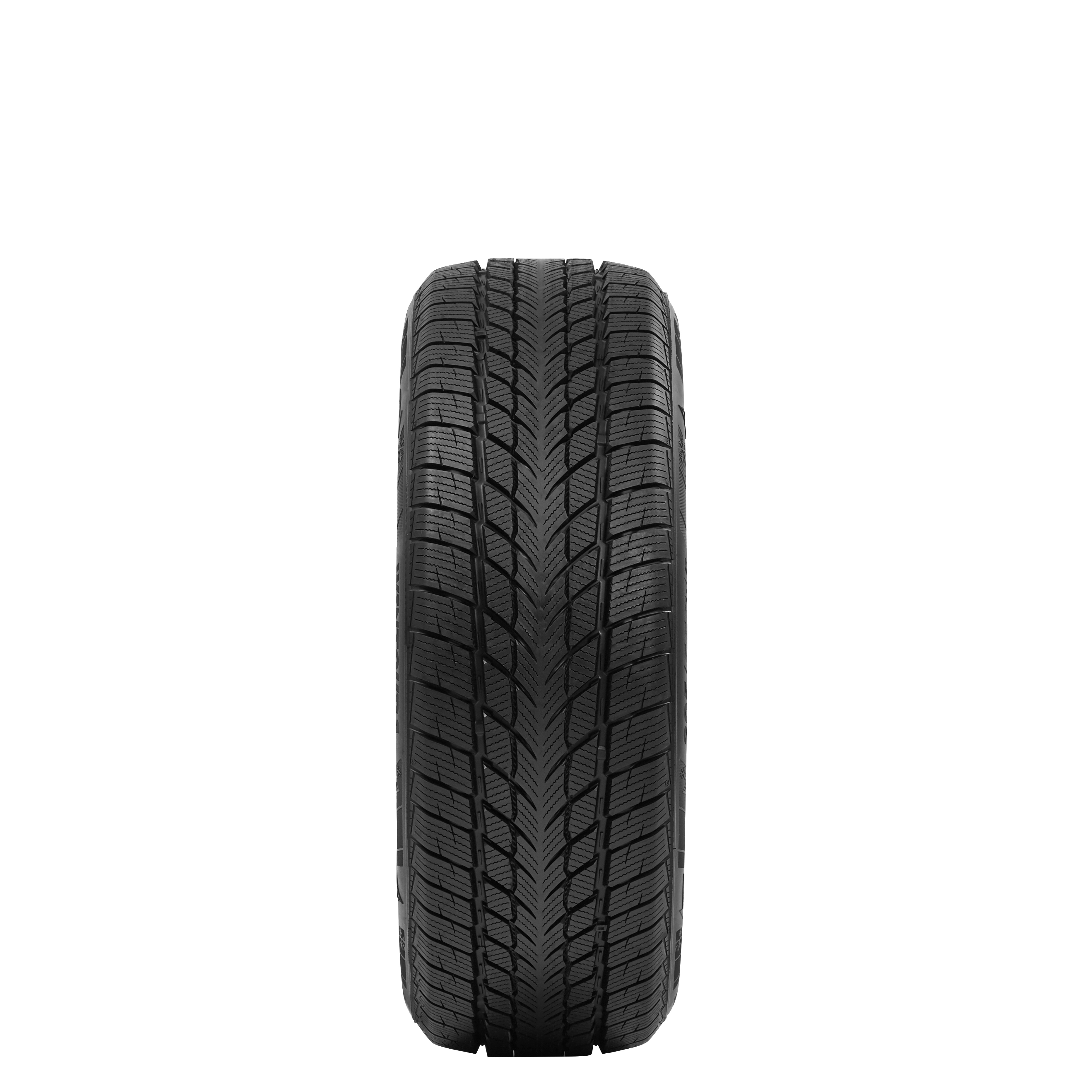What are winter tyres and should I make the switch?
Winter tyres can really help in colder temperatures, but what else do you need to know about them?

Across the UK temperatures are falling and everything is getting distinctly more wintery. The roads, as a result, can become a more hazardous place to be as changing conditions make getting from A to B a little trickier than during the warmer months.
There are lots of things you can do to help with driving during the chillier months, but one key tweak is to fit winter tyres. They’ve grown in popularity over recent years, but what do they do and should you make a switch? We’ve spoken with Davanti Tyres to get some expert advice on whether winter tyres are right for you.
What do winter tyres offer?
Winter tyres are designed to deliver their best performance at temperatures under seven degrees Celsius. They also have specific design features which are different to those on a regular summer tyre. For instance, they have wider grooves which can help with dispersing water, aiding traction and improving braking performance.
The raised section of the tread pattern also has a connected centre ‘rib’ which gives better steering response when you’re travelling over snow or ice.
Should I fit winter tyres?

>
Whether or not winter tyres are right for you depends on where you live. If you live in southern areas where temperatures don’t tend to fall too much, then an all-season tyres – which, as you might expect from the name, is targeted at different types of weather conditions – might be a better option.
However, if you live in an isolated area and often get snow or ice, then winter tyres will make a big difference. They’re better suited to travelling on colder ground and are much better in trickier conditions, particularly when you’re trying to get up slippery inclines.
Are there any markers which denote winter tyres?

>
That’s right. The easiest way to tell if you’re looking at winter tyres is with the Three Peak Mountain Snowflake and Mud and Snow – or M+S – symbols on the sidewall of the tyres. The markings are very easy to spot, but they’ll need to be present if you’re after a proper set of winter tyres.
What are the downsides to winter tyres?
One of the biggest disadvantages of winter tyres is that you can’t keep them on year-round. Once things start getting warmer, you’ll need to swap them for summer tyres as these winter-focused ones can’t offer the same level of grip in balmier temperatures.
That means you’ll either need to get them swapped at a tyre fitter or have a spare set of alloy wheels so that you can change them over when the conditions brighten up. You’ll have to find somewhere to store them when not in use as a result.
Are winter tyres required by law?
In the UK, you’re not legally required to fit winter tyres. Though they do bring some big advantages when driving in cold weather – and they can definitely prevent you from getting stuck should a snow shower occur – you aren’t going to get points or a fine for driving without them.
However, that isn’t the case for many countries in Europe. In many parts of Germany, for example, winter tyres are required for driving between October and April. This does vary from region to region, however, so it’s a good idea to check if you are travelling to these areas.





